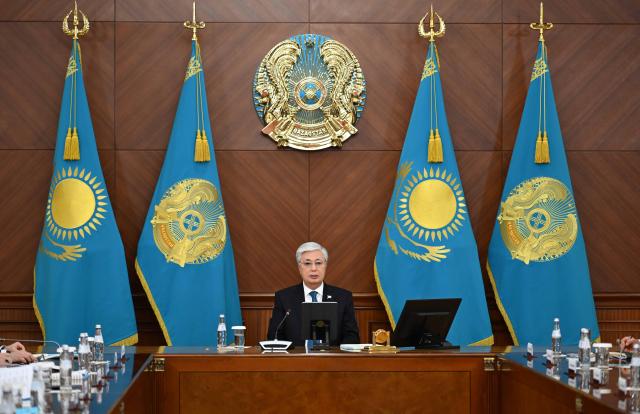
[This article was contributed by Arthur I. Cyr, author of "After the Cold War -- American Foreign Policy, Europe and Asia" (NYU Press and Palgrave/Macmillan). He has taught at the Universities of Chicago and Illinois, Northwestern University, and Carthage College (Clausen Distinguished Professor).]
KENOSHA, April 04 (AJU PRESS) - Baltimore’s famed Francis Scott Key Bridge collapsed quickly, after being struck by an enormous ocean-bound container ship. The disaster took lives and the aftermath will continue to reverberate for a long time.
The collision of a massive ship, carrying 4,700 containers, with one of the vertical supports of the bridge resulted in almost immediate collapse. The bodies of two maintenance men working on the bridge have been recovered, while four more men are presumed dead. The rapid, effective warning to authorities by the pilot of the vessel led to immediate closure of the bridge to traffic, doubtless saving far more lives.
The U.S. Army Corps of Engineers is now clearing the vast debris. Work centers on a giant crane capable of lifting 1,000 tons, plus seven other cranes, 10 tugboats and nine barges.
Infrastructure involving highways, waterways and railroads is literally the framework that integrates and supports the enormous economy of the United States, and our society as well. Modernizing this generally aging foundation is a priority of the Biden administration, with powerful bipartisan support from both parties in Congress.
In November 2021, President Biden signed the Infrastructure Investment and Jobs Act, which provides over $427 billion for infrastructure.
In specific terms, the law will substantially strengthen and modernize the nation’s bridges and roads, highways and waterways, railroads and ports. There is sensible inclusion of communications infrastructure, in particular important cybersecurity.
The physical transportation infrastructure of the nation is sadly in need of repair and upgrade. The other side of this situation is that in the 1950s and 1960s our federal government wisely, indeed brilliantly, greatly expanded our national transportation capabilities.
The centerpiece of the framework is the Interstate Highway System. Think of what your life would be like if you could not take long trips on this remarkable nationwide network, as well as hop on and off at will.
Please thank President (and General) Dwight D. Eisenhower. In the 1950s, with characteristic foresight and thoroughness, he launched and carried through this enormous national project.
Ike outflanked opposition, especially in rural areas among parochial interests, by emphasizing national security during the height of the Cold War. Americans knew Nazi Germany built an extraordinary highway system, central to their integrated defense. In 1950s America, a decade after World War II, that resonated.
Defense justification helped reinforce the vision, and pay for the work. In those years, national defense accounted for more than half of the entire federal budget, far more than today. Eisenhower emphasized defense to secure highway funds, and also support education and research.
National defense, national security and – less obviously – international cooperation are all present in the current ambitious infrastructure initiative. Cybersecurity, a complex subject rightly at the center of our current security concerns, is included in significant ways. By definition, such threats encourage international cooperation to limit the threat.
Early in 2015, Republican Governor Mike Pence of Indiana proposed a one-billion-dollar highway improvement program. The state was relatively strong fiscally. Democrats made even more ambitious transportation proposals.
The Middle West is a political swing region, and a central region for infrastructure. An extremely large share of long-distance truck traffic in the United States travels along the busy interstate highway corridors through and around metropolitan Chicago
The Baltimore disaster, including tragic loss of life, provides a reminder that the world remains dangerous. This terrible incident also underscores the vital foundation of national infrastructure.
Copyright ⓒ Aju Press All rights reserved.





View more comments